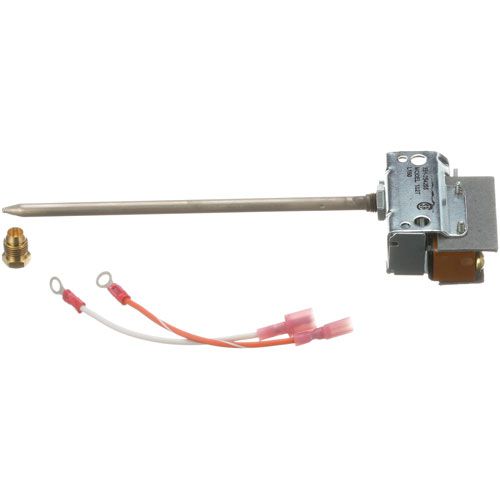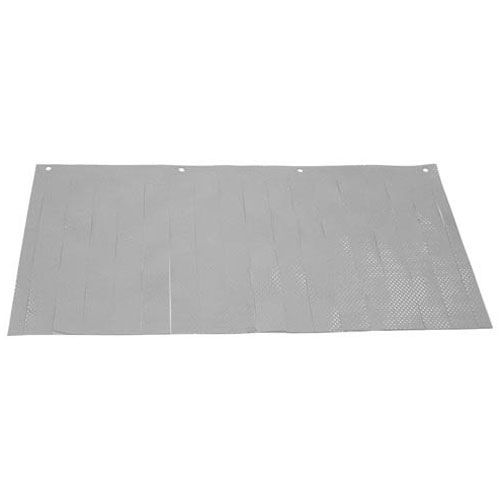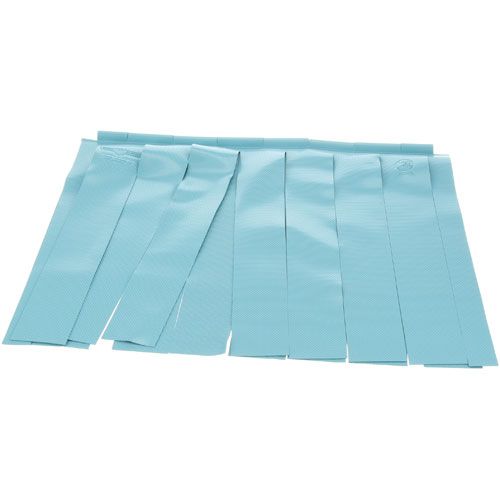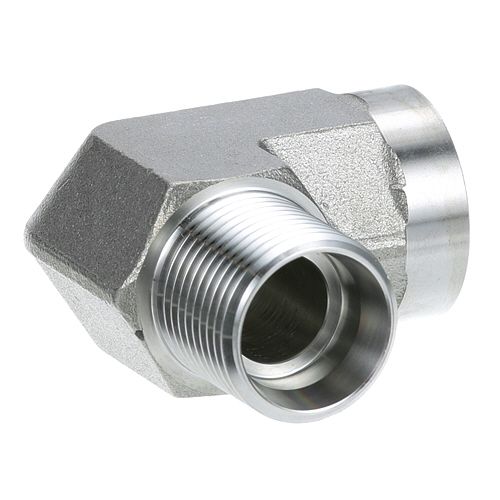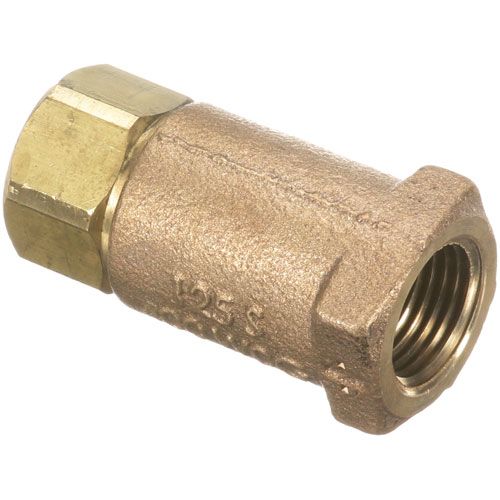How to Install a Dishwasher Drain Hose: The Ultimate Guide
Installing a dishwasher drain hose is an important step to having good kitchen plumbing and appliance performance. A dishwasher hose that is well-connected is essential for the wastewater to drain efficiently without backflow, leaks, or odors. Correct installation is important for either a new unit or a dishwasher drain hose replacement to prevent costly repairs and water damage.
This guide will take you through the entire process of installing a hose fitting, from choosing the right one to ensuring that the installed dishwasher drain hose is secure and leak-free. Today's dishwashers are very precise and require attention, so it is important to know how the dishwasher hose works with the rest of your plumbing system. Following these steps will make you feel confident in managing a new installation or an update to your dishwasher drain hose.
| Table of Contents: Why Proper Dishwasher Drain Hose Installation Is Crucial Symptoms of a Faulty Dishwasher Drain Hose Essential Tools and Supplies for Dishwasher Drain Hose Installation Dishwasher Drain Hose Installation: High Loop vs Air Gap Setup Explained Dishwasher Drain Hose Installation Mistakes to Avoid Dishwasher Drain Hose Maintenance Tips How to Clean Dishwasher Drain Hose Without Removing It |
Why Proper Dishwasher Drain Hose Installation Is Crucial
The dishwasher drain hose is an important part of your appliance’s performance as it carries wastewater from the unit to your sink’s drain or garbage disposal. Proper installation of your drain hose will ensure that your system operates efficiently and avoids common plumbing problems.
If the installation of this crucial component is poor, damaged, or worn out, it can cause several problems, such as:
-
Clogs and backups: The dishwasher hose can accumulate grease and food particles, which can block the flow to cause drainage problems.
-
Leaks: Leaks due to improper dishwasher drain hose fitting or cracks in the hose can damage cabinets, walls, or flooring.
-
Odor formation: A few particularly bad offenders can include leaking, poorly draining, or sagging dishwasher hoses; all these can allow water to remain and provide a breeding ground for bacteria that will then produce those foul kitchen odors.
-
Appliance malfunction: An inefficient drain hose setup can affect the dishwasher’s cleaning cycle by making the dishwasher run longer and clean less thoroughly.
Symptoms of a Faulty Dishwasher Drain Hose
Being aware of the signs of a faulty dishwasher drain hose can save you time and money on repairs:
-
Water leakage: A clear sign of a leaking dishwasher hose is a noticeable dishwasher hose leak.
-
Poor draining: A clogged hose is a possible cause for slow drainage after a wash cycle.
-
Unpleasant odors: If the dishwasher is emitting foul smells, it may be due to stagnant water or food debris in the hose.
-
Error codes: If there is a problem with drainage, many modern dishwashers have diagnostic systems that will display error codes.
Essential Tools and Supplies for Dishwasher Drain Hose Installation
To start with, you need to gather the following tools and supplies.
Tools:
-
Screwdriver
-
Adjustable wrench
-
Pliers
-
(to catch any residual water) Bucket
-
Level (to ensure proper alignment)
Supplies:
-
New dishwasher drain hose
-
Secures the hose with an adjustable clamp.
-
Teflon tape for sealing connections
-
Hose fitting, if necessary
-
Dishwasher drain hose extension (if needed)
How to Install a Dishwasher Drain Hose?
Replacing a dishwasher drain hose is a simple job that can enhance drainage performance and stop leaks.
Safety first
Disconnect the dishwasher from the power source before starting to avoid an electric shock. Turn off the water supply to prevent flooding during the installation. Catch any residual water left in the old dishwasher hose with a bucket or towel.
Remove the old dishwasher drain hose
-
Locate the hose: Usually, the drain hose is located at the back or bottom of the unit.
-
Detach the hose: Loosen the clamps with a screwdriver or pliers and remove the hose from the dishwasher and the sink drain or garbage disposal.
-
Inspect the fittings: Check the existing drain hose fitting for damage. If the hose is cracked or worn out, choose a hose replacement.
Prepare the new drain hose
-
Measure length: If you need a dishwasher drain hose extension, measure carefully so that the hose will reach the drainage point without strain.
-
Cut to size: If the hose is too long, it can be trimmed with a utility knife or heavy-duty scissors.
-
Seal fittings: To prevent leaks, wrap Teflon tape around the drain hose fitting.
How to install the new dishwasher drain hose
-
Connect to dishwasher: Connect the new dishwasher discharge hose to the drainage outlet on the unit and tighten it with a clamp.
-
Attach to drain: Put the other end into the garbage disposal or sink drain and make sure it fits snugly and properly. Follow the directions for installing your appliance's dishwasher drain hose.
-
Ensure proper slope: The hose should be installed with a high loop or air gap to prevent backflow. Ideally, the hose should rise about 20 inches before connecting to the drain.
Perform a leak test
-
Restore power and water: Reconnect the dishwasher to power and open the water supply.
-
Run a test cycle: Fill the dishwasher and drain it by starting a short wash cycle. Check the dishwasher hose connections for leaks carefully.
-
Check alignment: Check to verify that the dishwasher drain hose is not kinked or pinched so it can drain correctly and water won’t back up.
If you follow these steps, your dishwasher drain hose installation should be smooth. Regular inspection and timely replacement of the dishwasher hose will help prevent long-term plumbing problems and ensure proper dishwasher operation.
Dishwasher Drain Hose Installation: High Loop vs Air Gap Setup Explained
When installing a dishwasher drain hose, you can choose between two methods to prevent wastewater from flowing back into the dishwasher:
High loop
The high loop method involves securing the hose so that its highest point is at least 20 inches above the floor. It should be installed in such a way that the water runs down into the drain.
Benefits: Cheap and easy to install. Most building codes allow this method.
Air gap
The air gap is a device installed on the countertop or sink. It maintains a gap between the hose and the sink, preventing backflow.
Benefits: Provides an extra layer of protection against contaminants. Essential in areas with strict plumbing codes.
When choosing between these two methods, consider local codes, the complexity of the installation, and your personal preferences.
Dishwasher Drain Hose Installation Mistakes to Avoid
Neglecting local plumbing codes: It is always wise to refer to local building codes before installing. There may be some requirements for the dishwasher drain hose installation in some regions that must be followed.
-
Improper slope on the hose: If the slope is not properly ensured, drainage problems can occur. The dishwasher drain hose has to be raised high enough to prevent possible backflow.
-
Inadequate securing of the hose: Loose clamps can leak. Tighten the hose securely but not too tightly, as this can damage the hose.
-
Overlooking maintenance: Take note to check for wear, clogs, and deterioration regularly. Checking for leaks and removing debris from the fittings is maintenance.
-
Using mismatched parts: Use fittings and hoses that correspond with your particular dishwasher model. It is very important to be compatible to avoid leaks and malfunctions.
Dishwasher Drain Hose Maintenance Tips
Caring for your dishwasher drain hose will help it last longer and avoid common issues. Here are some maintenance tips:
-
Periodic Inspections: Always check the side hose for signs of wear and tear and leaks.
-
Clear clogs: The hose should always be checked for clogs if you have slow draining. Sometimes, you can clear this without removing the hose by using a vinegar and baking soda solution.
-
Professional Checks: It's even more important to pay for a plumber to inspect your installation every few years.
How to Clean Dishwasher Drain Hose Without Removing It
A clogged drain hose can lead to unpleasant odors and reduced dishwasher performance. While removing the hose is one way to clean it, there’s a simpler method that doesn’t require disassembly. Follow these steps to keep the hose clean and free-flowing.
-
Disconnect power: Turn off and disconnect the dishwasher.
-
Use a cleaning solution: Fill the dishwasher with a mixture of vinegar and hot water.
-
Run a cycle: Begin a short wash cycle to flush the dishwasher drain hose. The hot water will also dissolve the buildup and debris within the hose.
Common Dishwasher Parts that Break: Here's How to Replace Them
Installing a dishwasher drain hose might seem daunting, but with the right tools, knowledge, and attention to detail, it can be a straightforward process. By following these steps, you'll ensure that your dishwasher functions efficiently, prevents clogs and leaks, and prolongs its lifespan. Remember to maintain your installation regularly and stay alert for any signs of wear or damage. PartsFe UK provides an extensive range of commercial dishwasher parts, including brackets, door latches, heating elements, impellers, pumps, and seals, sourced from top manufacturers.
FAQs
Can I extend my dishwasher drain hose if it’s too short?
Yes, you can use a dishwasher drain hose extension to accommodate longer distances. Ensure that the extension is compatible and securely connected to avoid leaks.
Does a dishwasher drain hose need to be looped?
Yes, a dishwasher drain hose should be looped high under the sink, or use an air gap to prevent dirty water from backing up into the dishwasher.
How to unclog dishwasher drain hose?
To unclog a dishwasher drain hose, disconnect it from the sink or garbage disposal, flush it with hot water or a plumber's snake, and remove any debris blocking the hose.


